Advice on Hiring a Captain – Captain John Easley
On a fairly regular basis, people call or write to me asking about the process of hiring a captain to help move their vessel. Often, the move will involve training the new owners on the boat’s systems and effective handling. Sometimes they relate some absolute horror stories of previous captains they have hired. Stories about captains who refused to let them drive and offered little to no instruction, stories about captains that showed up late, surly, and drunk, and even one story about a captain that tied up their boat at an overnight stop and walked away without even saying goodbye.
Many of you already know me… I am a USCG-licensed 100 ton Master (captain) and a proud sponsor of the America’s Great Loop Cruisers Association (AGLCA). Here are my thoughts on finding a good crew:
You can get a feel for the potential for a good working relationship by asking a few questions and looking for a couple of traits. Sound like an interview? Well, it is. But, if you approach it like a conversation, it need not be stressful.
First, ask about the kinds of vessels on which the prospective captain acquired his or her sea time; the kinds of vessels they normally run. There are 500 ton captains out there, trying to break into the recreational vessel delivery business, and all of their sea time was acquired while working the deck of a large tugboat working the Mississippi River. What makes them think that experience translates to a 50’ motor yacht? There is at least one captain trying to break into the motor yacht delivery business and his or her sole experience is on 25’ center console fishing boats. Maybe he or she is very good. Or maybe they need some progressive experience working up to a 60’ Hatteras before trying to train someone else on how to dock one in a modest wind. Those are decisions you will need to make in order to feel comfortable with your crew selection.
There are stories of captains that quickly tell you what they’re going to do for you and that’s that. Want more? Look for the person that listens to what you want, asks questions about your previous experience, discusses your needs, and tailors their service to fit.
Perhaps you have a business or personal obligation that will keep you from making the journey to relocate your vessel to its new home port. Now you’re looking at trusting your multi-hundreds of thousands of dollars baby to a crew you likely haven’t even met. You have every right to ask for references. Also, an experienced captain will have a way to keep you informed of your boat’s location and status through the travels. He or she may also discuss parameters for handling any necessary repairs while underway.
A common question is about the costs involved in hiring a captain. We all have pretty much the same terms: A daily rate, transportation to and from the vessel, and meals. Fairly standard. The daily rate might vary a little from one captain to another but if you’re talking to one who has a rate far exceeding the others, you have every right to ask why. What does this person do that is so special it is worth the extra high fee? The other side of the coin is the one whose rate is well below the average of the others you speak with.
A service-friendly captain will also be able to handle special requests. Driving for a special event so the owner and guests can relax, helping the bride and groom escape/depart from a reception, boat naming ceremonies, spreading a loved one’s ashes at sea, or incorporating teens into the deck hand duties. We often get calls to join the boat to help with a Gulf of Mexico crossing or crossing to the Bahamas from Florida. We handle such requests like water rolling off a dolphin’s back.
Captains aren’t hard to find. Ask your broker or the dockmaster at your local marina or a fellow boater on a vessel similar to yours. Chances are you’ll have a fistful of names in short order. There are a number of licensed captains who are also AGLCA sponsors. You can find a list of us on the AGLCA website or by asking other members. We’re here for you and ready to discuss your needs. Drop us a note or give us a call. Happy boating!
John Easley








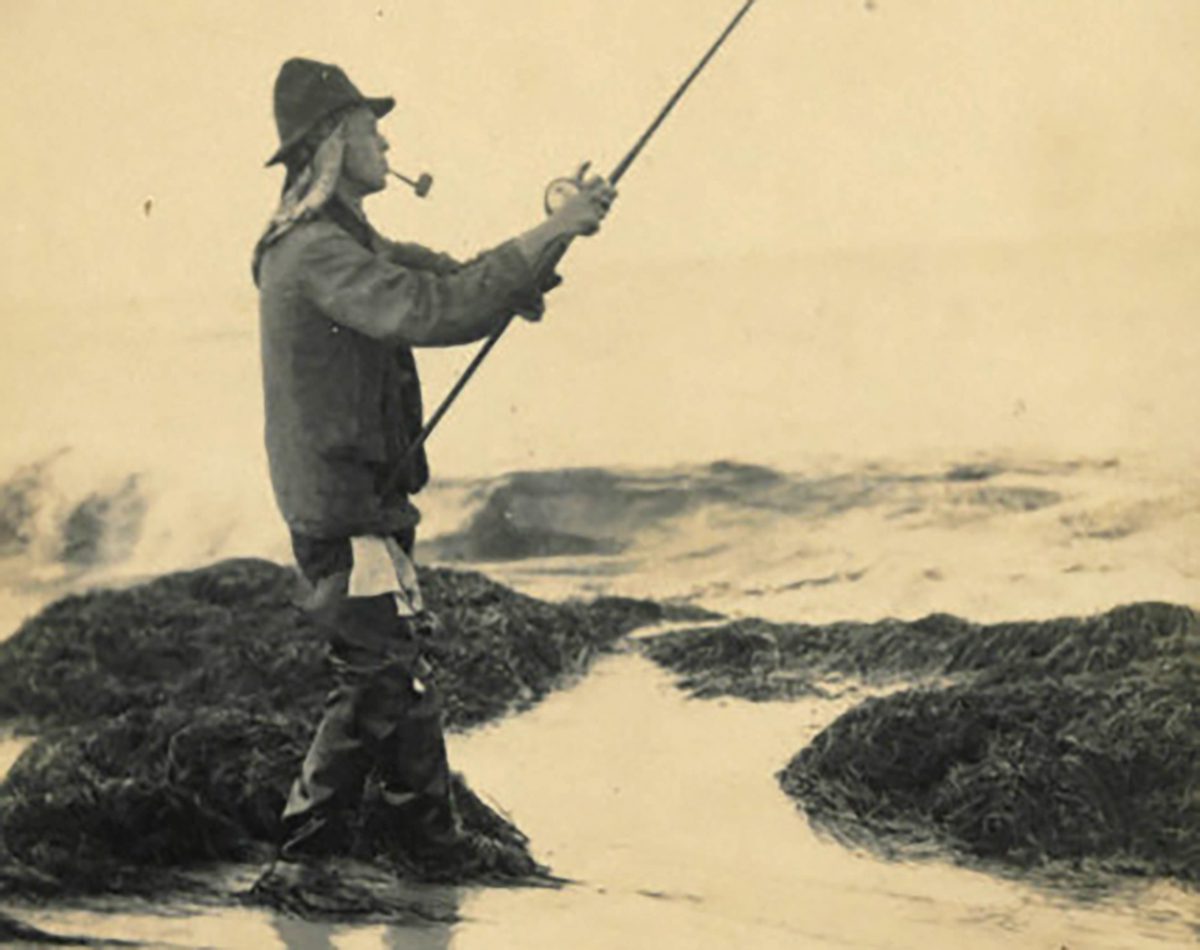

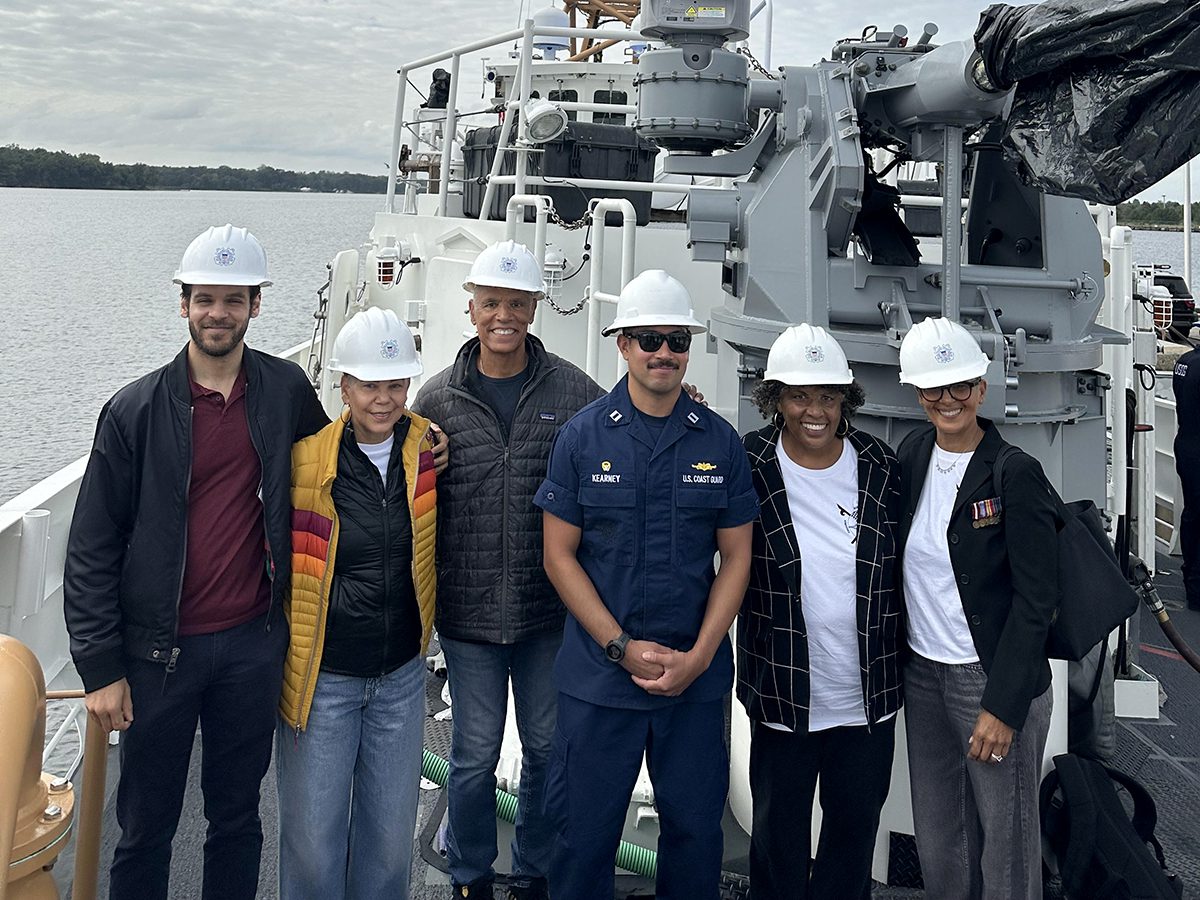




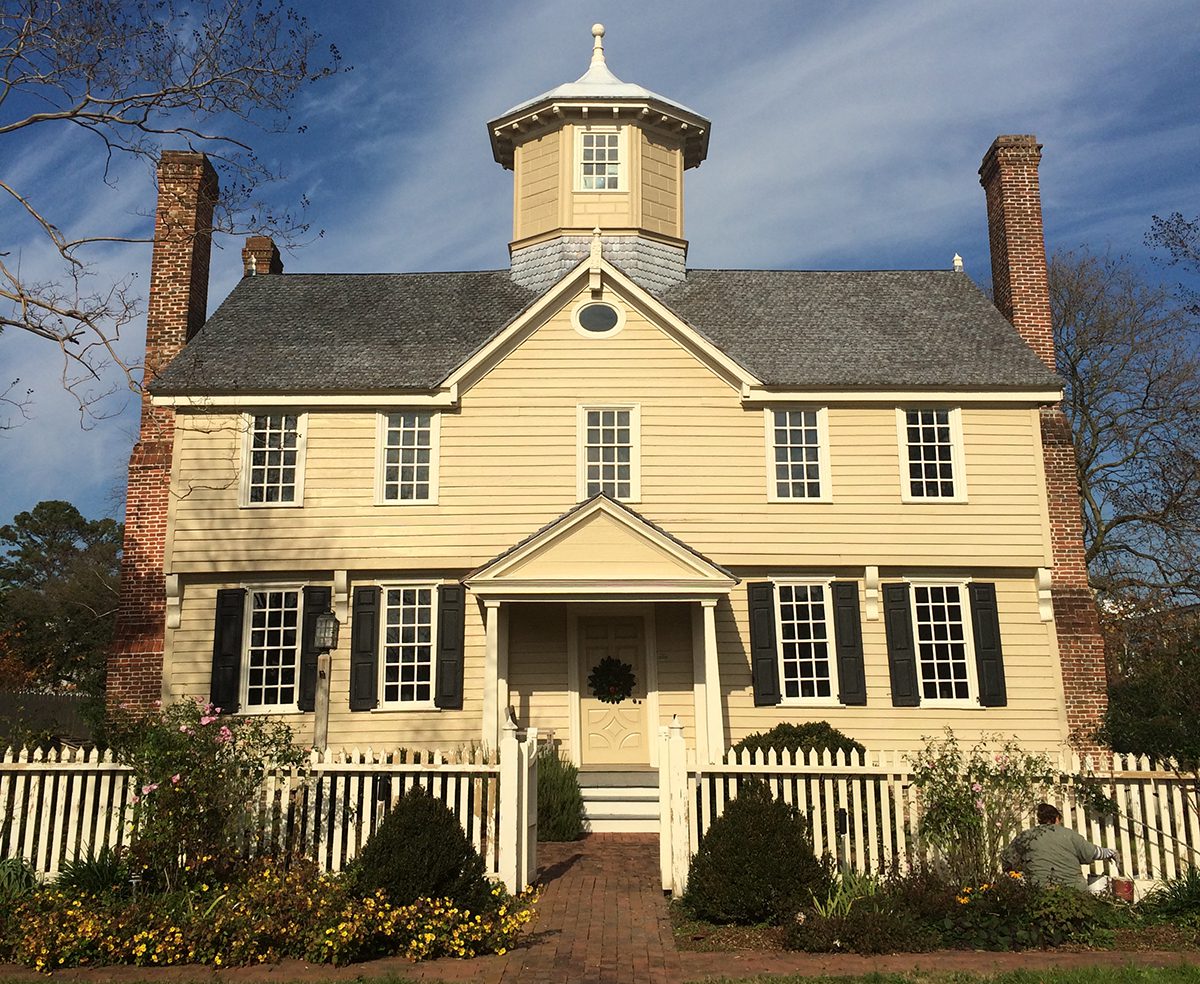

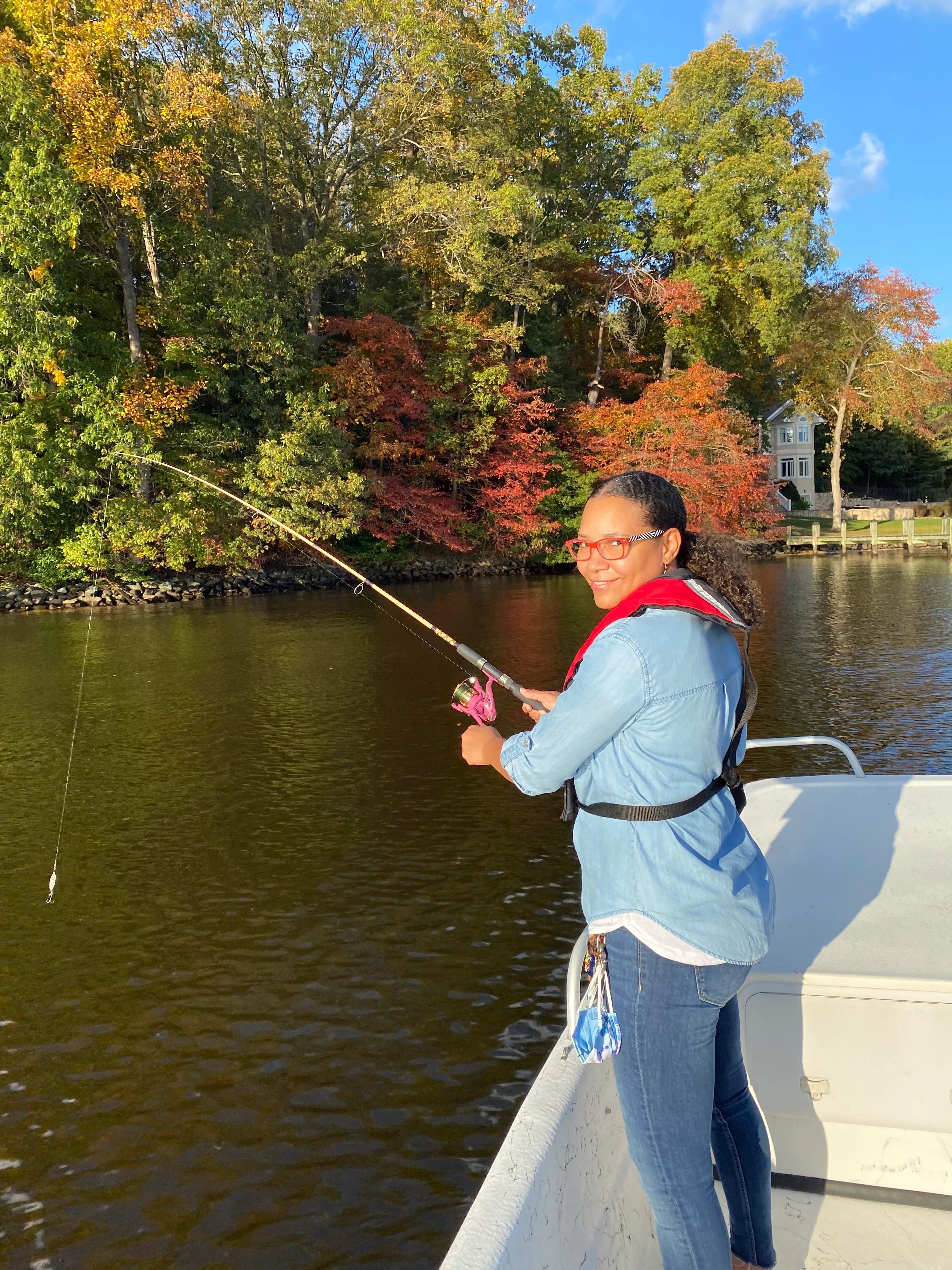




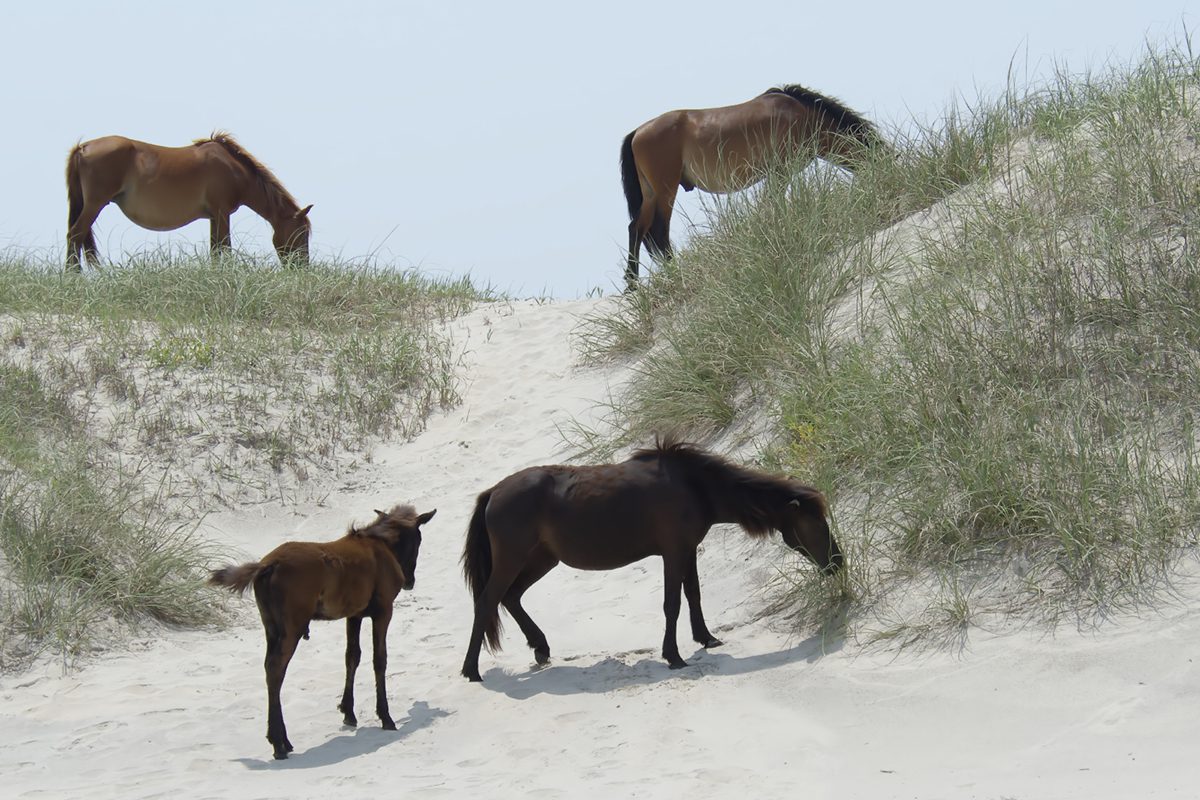




Be the first to comment!